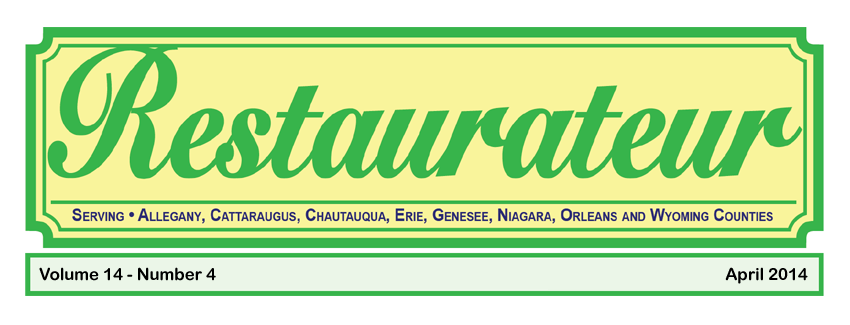
 Recording Customer Deposits
Recording Customer Deposits

Your new banquet facilities are ready to open and you have just booked your first event. In your hands is a check for $5,000, an advance payment on the function. You walk over to your Bookkeeper and ask him what to do with the check.
“We could put the check in the safe until the event takes place and then deposit it with the final payment. Alternatively, we could deposit the check and record it as Food Sales after backing out the sales tax. When the function is held, we determine how much should be recorded as Food, Liquor, Beer, and Wine sales and make appropriate adjustments,” the Bookkeeper replies.
Both suggestions are bad ideas. The function might not take place for months or even a year. You don’t want checks lying in your safe that long. You should deposit the check immediately. However, recording the payment as Sales inflates current sales and understates future sales. Since you did not deliver any product to your customer, there would be no matching of sales with related costs. Thus, your product cost percentages would not be accurately reflected on the profit and loss statement.
The better approach is to record the check in a Customer Deposits Payable account. This account is a liability on your Balance Sheet because it is money you owe the customer since you have not provided any product or service.
On the event day, the customer receives an invoice detailing the sales prices of the food, beverages, and other services provided. After the subtotal, the deposit already paid is subtracted to arrive at the balance due.
To record the function, the Bookkeeper charges Customer Deposits Payable with the amount of the deposit, and the Cash account with the balance collected. He records the credits to the appropriate sales, income, and sales tax accounts.
At month end, the Bookkeeper provides the operator with a list of outstanding deposits by Customer Name, Function Date, and Amount. The total of those deposits must agree to the Customer Deposits Payable balance in the General Ledger. If it does not agree, the Bookkeeper must review the General Ledger entries made to the Customer Deposits Payable account until he finds the erroneous journal entries and corrects them.
When the operator receives the list of Customer Deposits outstanding at month end, she should compare the total on the list to the General Ledger balance to ensure the list is accurate. Any difference must be resolved before the Outstanding Customer Deposit list is of any value.
Once agreed to the General Ledger, the operator should review the customers on the list to ensure the amounts outstanding look reasonable. She should ask the bookkeeper to explain any unusual amounts, such as amounts for events already held, negative deposits, events she is unaware of, etc.
Customer Deposits Payable represents amounts you owe customers for future events. A few minutes of your time each month will ensure this information is accurate.
(RETURN)
